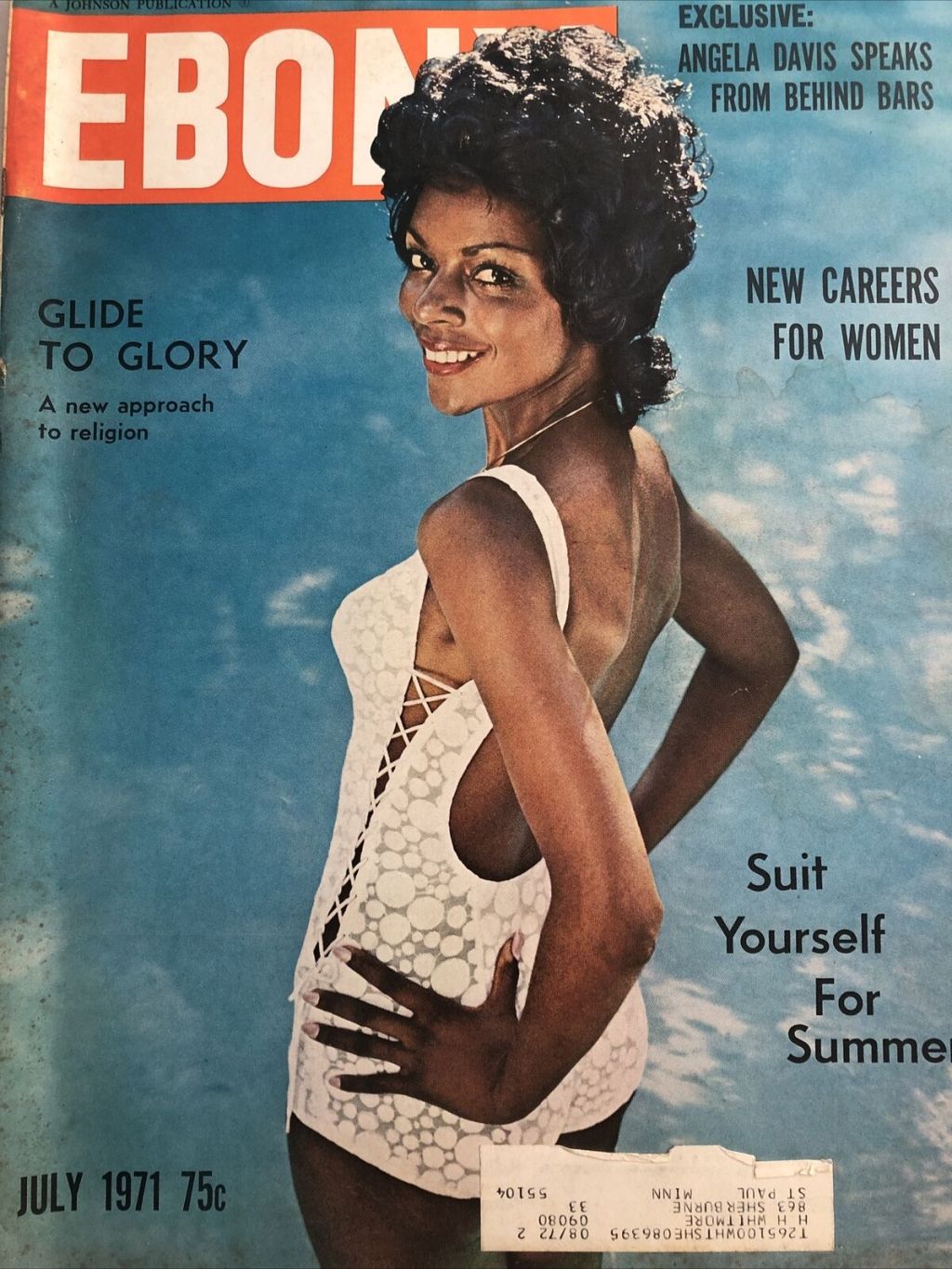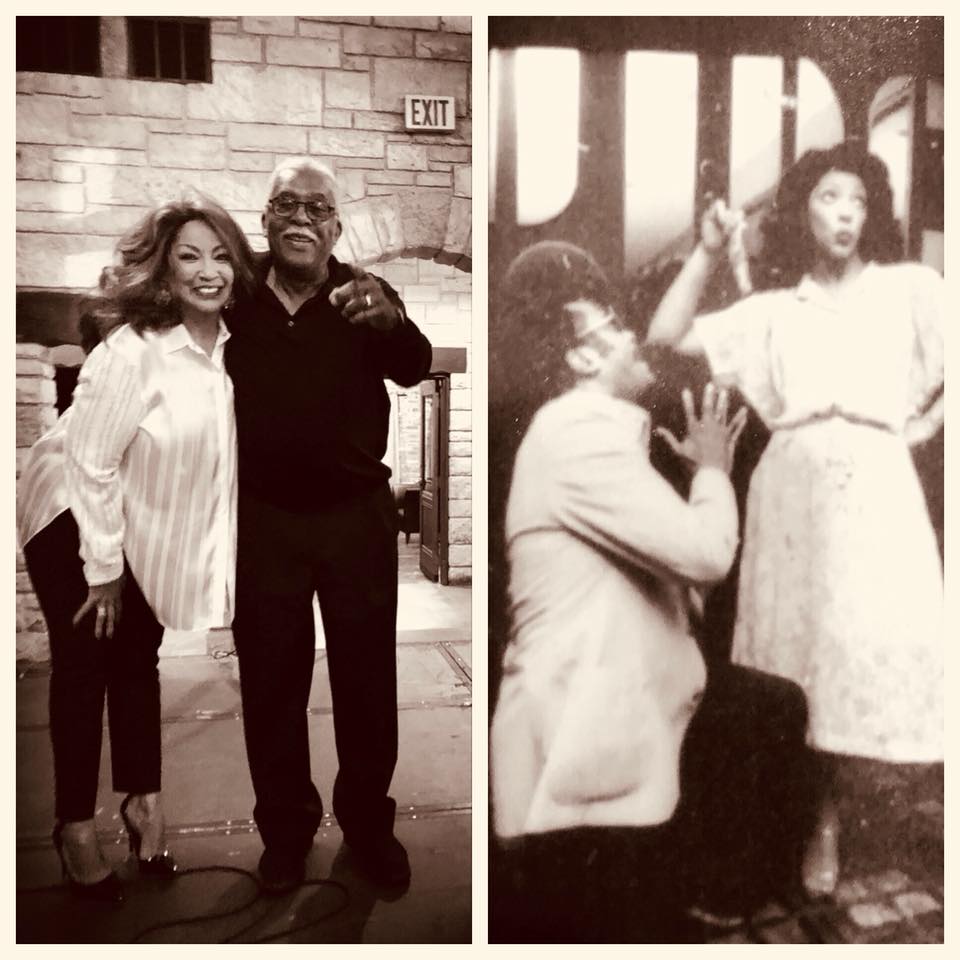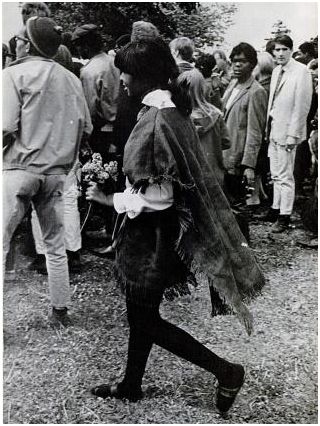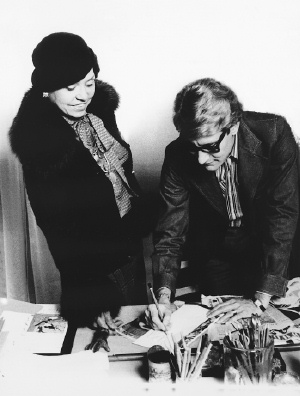Ebony
-
Devin Mays of Rebuild Foundation on the lasting legacy of black media giant Johnson Publishing
Reclaimed Soul host Ayana Contreras in conversation with Devin Mays of Rebuild Foundation about the legacy of Ebony Magazine, Jet Magazine, & Fashion Fair Cosmetics, as well as A Johnson Publishing Story (an exhibit at Stony Island Arts Bank). For more the legacy of Ebony Magazine (and its parent company, Johnson Publishing Company), click here.…
-
Linda Clifford and Richard Steele on Reclaimed Soul Live 2018
A tribute to classic Chicago radio station WJPC (Ebony/Jet’s radio station) hosted by Reclaimed Soul host Ayana Contreras with former WJPC program director Richard Steele, an interview with Chicago disco/soul legend Linda Clifford (“Runaway Love”, “If My Friends Could See Me Now”). We hear vintage WJPC audio including Richard Steele back in 1974 and Linda…
-
a Chicago Be-In at Promontory Point, 1967
What’s a Be-In? Check the video below from the Lincoln Park Be-In for more background on the celebration of “Turning on and Tuning In”. Around the time of Chicago’s storied Blizzard of 1967 which dumped 23 inches of snow over the course of about 35 hours, out in San Francisco, the first “Human Be-in”…
-
La Cade: The little hair care company that made some big waves.
La Cade Products was another of many Chicago-based black hair care firms (that I detail here) during the late 60s through the 1970s. Though not as well-known as Supreme Products (who created Duke and Raveen) or Johnson Products (who created Soft Sheen, Afro Sheen, and Ultra Sheen), La Cade left behind scant but fascinating evidence…
-
Dorothy Donegan: Chicago’s own Jazz Cover Girl
Darkjive focuses mainly on soul music born and bred here in Chicago during the golden era of Chicago Soul: the 1960s through the late 1970s. Anyone who knows me, however, knows I am passionate about a variety of music that has come out of our city: especially soul, blues, and jazz. That said, recently an…
-
Ebony in the digital age
Chicago’s own Ebony Magazine has digitized its archives. Celebrate. Ebony was the premier photojournalism and news magazine of the Black Diaspora for decades. During its peak, Ebony featured groundbreaking work by photographers such as Gordon Parks (work seen below), as well as thought provoking articles that exposed sometimes obscure corners of the “black experience” (Mixed race children of WWII G.I.s…
-
Eunice Johnson: Wrought a Roadshow of Dreams
Eunice Johnson (1916-2010), widow of Ebony/Jet Publisher John H. Johnson, was more than Black Media’s First Lady. As Creator and Director of the Ebony Fashion Fair (an all black roadshow of haute couture), she paved the way for generations of black models from Beverly Johnson and Naomi Sims to Naomi Campbell. In fact, Richard Roundtree (“Shaft”) was a…






